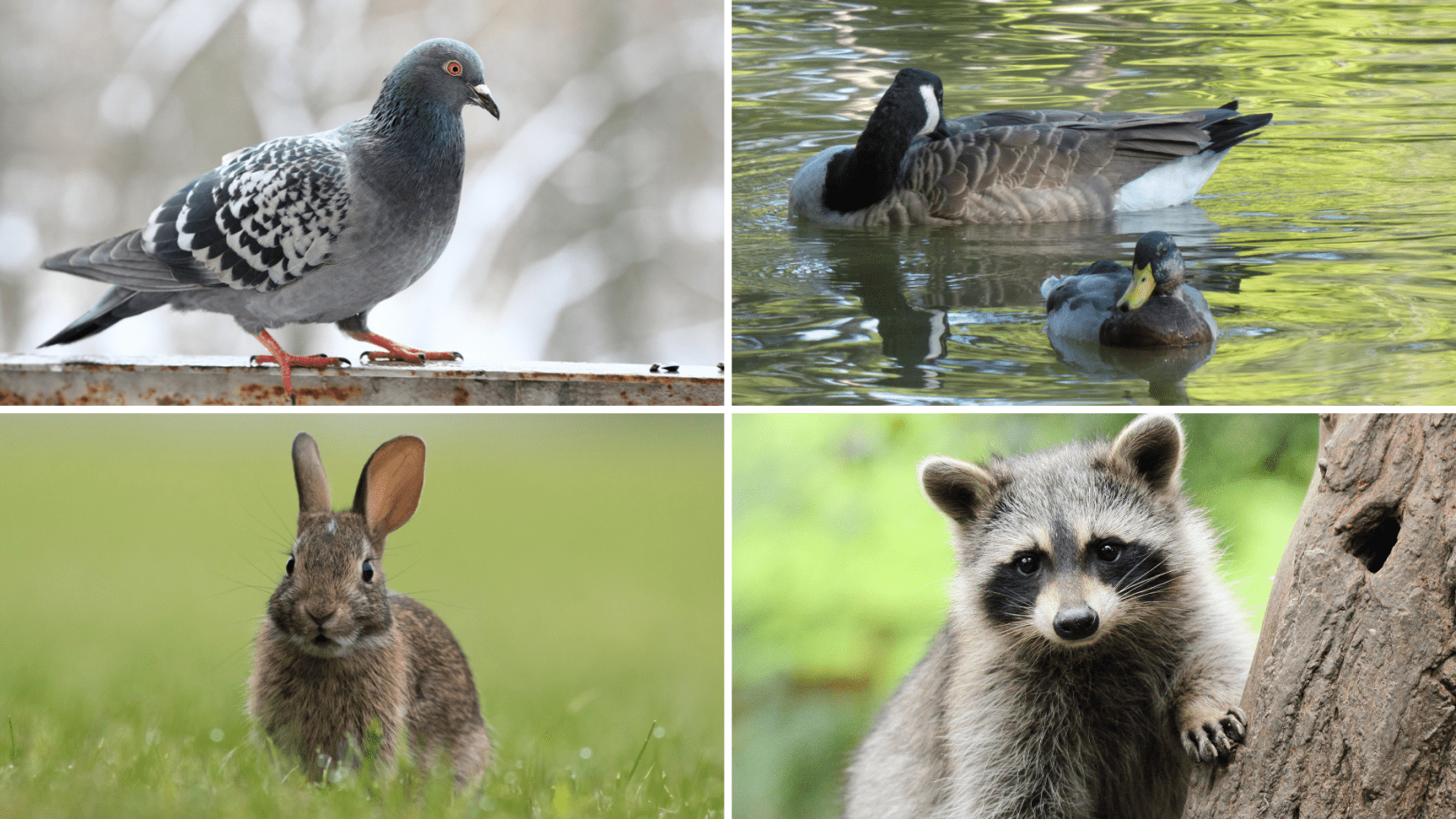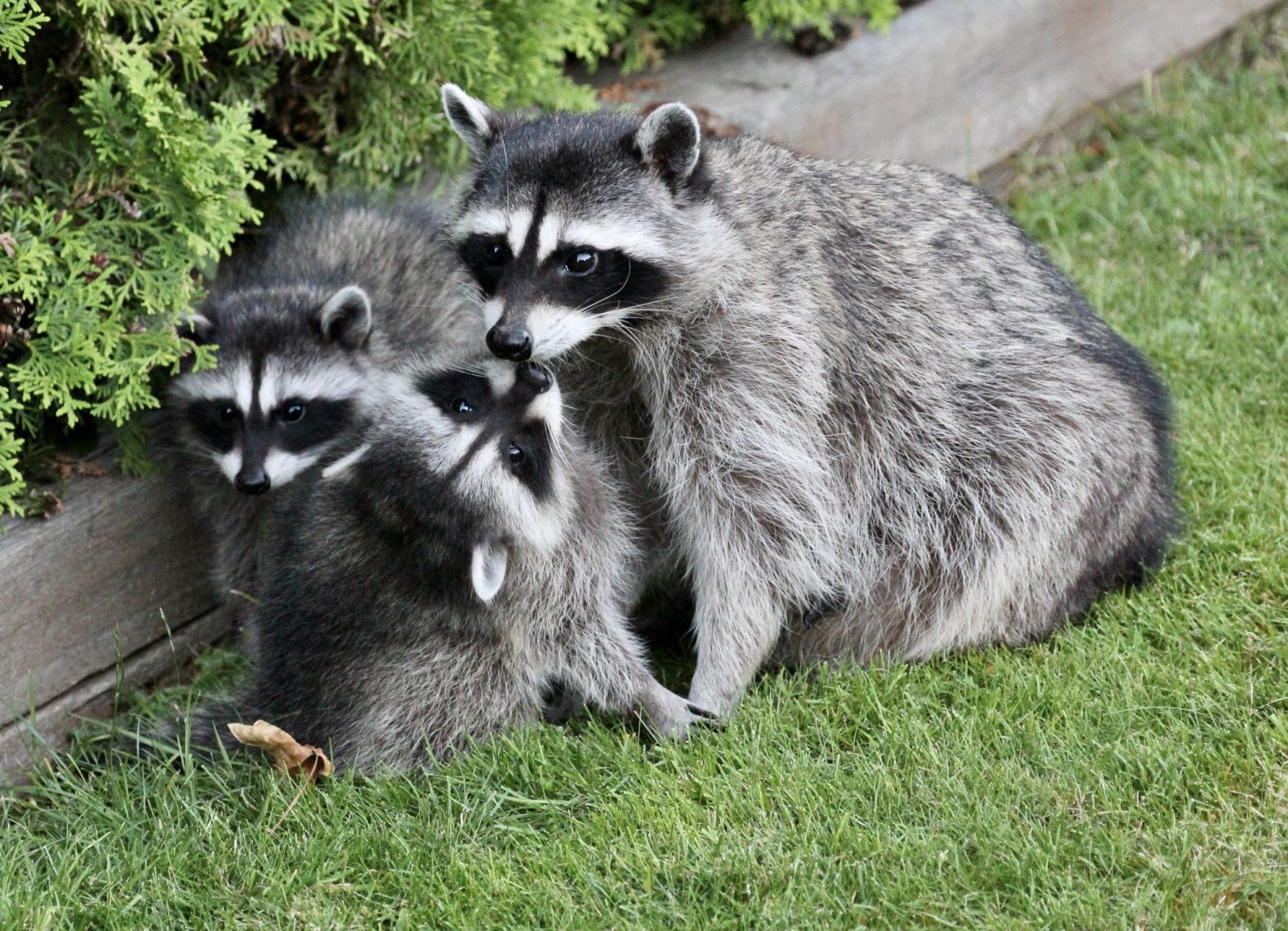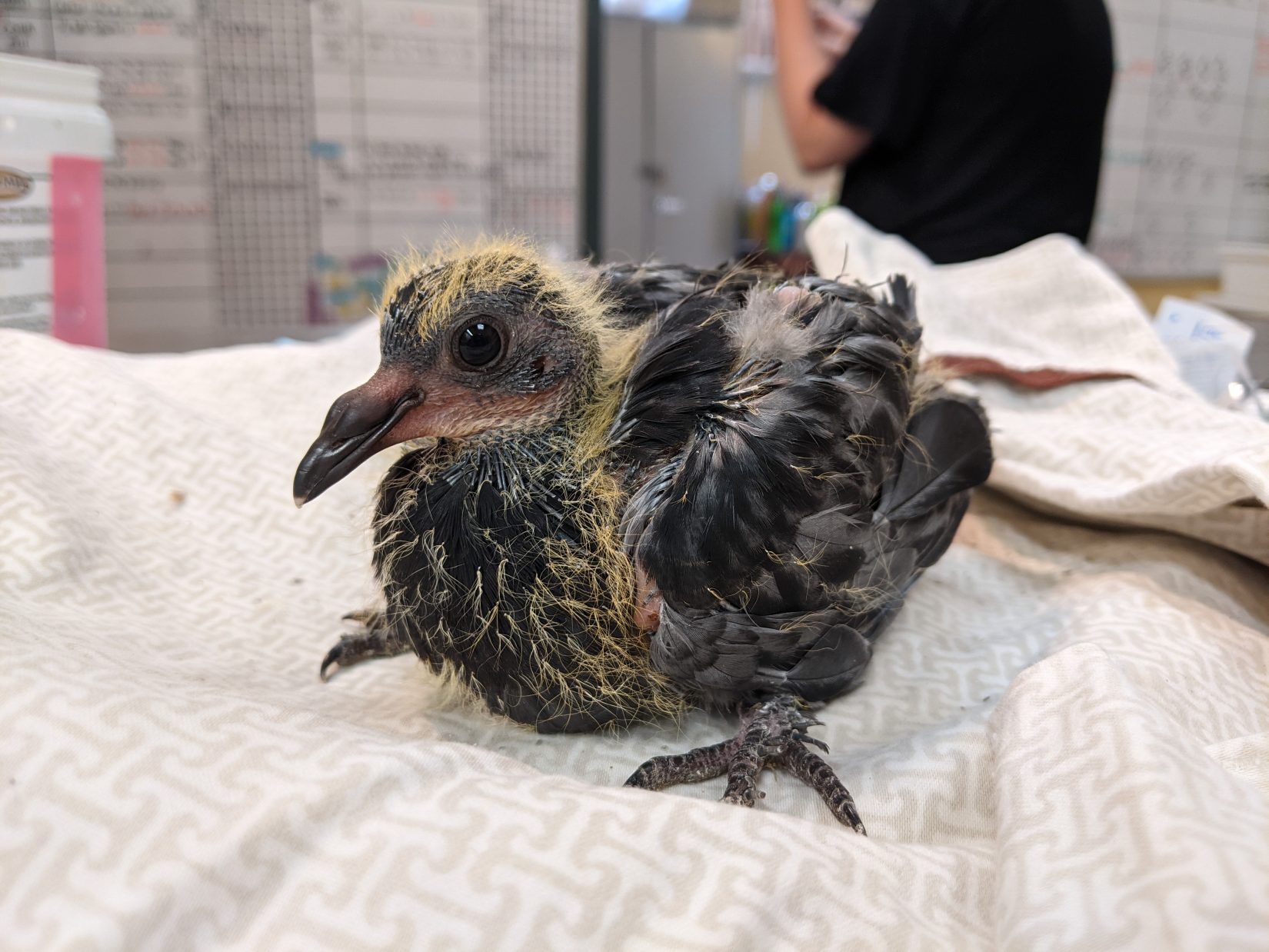As summer comes to an end, Wild ARC’s (BC SPCA’s Wild Animal Rehabilitation Centre) busy baby season is slowly winding down. Many of the injured and orphaned baby animals we care for are completely unrecognizable from the adults they’ll grow into. At first, it can be tricky to identify these wild babies, and knowing who they are means everything when it comes to assessment and care. Our rehabilitators and Animal Helpline operators have to be expert detectives – and you can be too! Can you guess who these baby animals are going to grow up to be?

ANSWERS

Did any of these surprise you? Learn more about some of these ‘wild’ transformations that Wild ARC sees every year.
This baby bird is often one of the most puzzling cases if you haven’t seen them before, often described as looking like a ‘baby dinosaur’ or ‘some kind of baby raptor’. It’s easy to see here that birds are dinosaur’s closest relatives, but harder to see how this little one will someday be an adult pigeon!
Pigeons are gentle and gregarious birds that thrive in urban places. Have you ever wondered why you don’t see baby pigeons? It’s not because they don’t exist! Healthy baby pigeons will typically stay in the nest until they’re nearly fully feathered, and almost as big as their parents. It quickly becomes hard to tell the young from the old once they’re able to fly.
All songbirds are considered ‘altricial’ – this means that when they hatch, their eyes are closed, they can’t move, and they rely entirely on their parents for several weeks inside the nest. When these babies end up at Wild ARC, it means they’re really in trouble without their parents to raise them.
Baby waterfowl are some of the most iconic wild babies of urban parks. But ever wonder how to tell ducklings and goslings apart? At first glance they look similar, but they have distinct differences in colour and size. Mallard ducklings are much smaller than Canada Goose goslings. Mallard ducklings have dark chocolate brown and yellow markings with a dark line through their eye. Goslings are an olive-green and yellow colour, and don’t have the dark line through their eye.

Unlike songbirds, these young babies are ‘precocial’ – meaning they can run, walk, and swim immediately after hatching. This doesn’t mean they’re ready to be independent though. If you find a duckling or gosling wandering alone, with no adults or other babies nearby, they need help. In some cases, our expert staff are able to place baby geese with foster parents because of their unique co-parenting style. Unfortunately, this isn’t the case for orphaned mallard ducklings, who will need specialized care from a professional rehabilitator until they’re ready to be on their own.
In more ‘wild’ settings, raccoons make dens in hollow trees, but we often receive calls about these urban specialists denning in chimneys, attics, sheds, garages, roofs, balconies, and under decks. When raccoons are first born (less than 1 week) it can be a little difficult to identify them. At that age, they will have dark circles around their eyes (not a full mask) and faint grayish-brown fur. Once they develop their mask and tail stripes, they are pretty easily identifiable.

Orphaned baby raccoons need about six months of intensive care before they are ready to return to the wild. In addition to a species-specific formula that meets their nutritional needs as they grow, raccoons need to learn a range of climbing, foraging and social skills. Without their mum to teach them, Wild ARC rehabilitators and volunteers provide extensive enrichment to make sure they will know how to identify a range of natural foods when foraging on their own.
For some wild babies, the transformation into adulthood happens very quickly. Eastern cottontail rabbits are born pink and hairless, but develop dark fur very early. These babies have stubby noses, large ears relative to the size of their head, and their ears lay flat against their body. They have short tails, and front legs shorter than their back legs. All this combined gives cottontail babies the appearance of a ‘baby hippo’. By the time they’re only 10-14 days old, they’re ready to start leaving the nest to explore their new surroundings, and they’re fully weaned and independent at just 4-5 weeks old.

Cottontail nests are often discovered during routine gardening or yard maintenance because they’re so shallow and hard to see. They’re most at risk from lawn mowers, free-roaming cats and dogs. As a prey species, it’s normal for a mother rabbit to leave her babies hidden in the nest for long periods of time. The mothers will come back only a few times a day to feed the babies, who wait quietly while hiding from predators. If the babies are injured, or the mom is permanently frightened away, they’ll need the specialized care of a wildlife rehabilitator… and a lot of fresh greens!
Wild ARC admits wild animals all year long, but during the spring and summer months, patient numbers increase a lot. This is because most wild species have babies during this time, making both parents and young more vulnerable. April through September is the busiest season of the year, caring for wild babies big and small. The end of baby season is a beautiful time to reflect on how much our patients have changed, and how lucky they are to have a second chance at a wild life.

